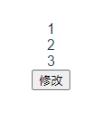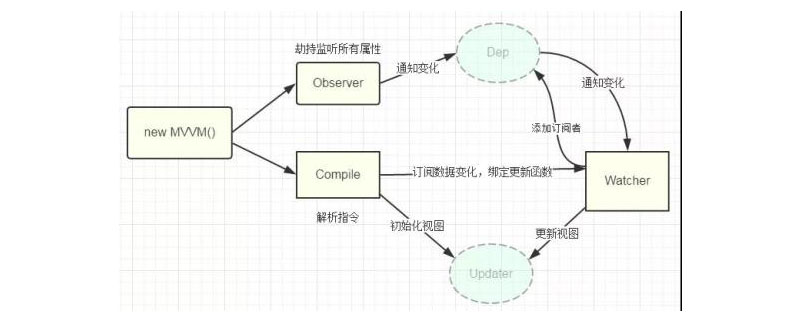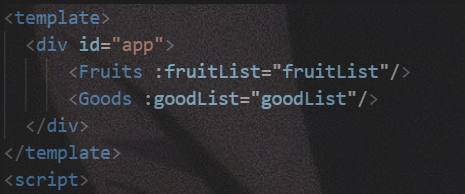每到春天,红得如火的木棉花,粉得如霞的芍药花,白得如玉的月季花竞相开放。它们有的花蕾满枝,有的含苞初绽,有的昂首怒放。一阵沁人心肺的花香引来了许许多多的小蜜蜂,嗡嗡嗡地边歌边舞。
为什么要配置不同的接口地址
在开发过程中,前端请求访问的是自己本机启动的后台服务,此时涉及到跨域(因为端口不一样),所以在config/index.js文件中配置了代理
//检查某个文件是否存在
try {
fs.statSync(path.join(__dirname, '../proxy/' + templatedir + '.json'))
//如果可以执行到这里那么就表示存在了
console.log(124)
proxyTable = require('../proxy/' + templatedir + '.json')
} catch (e) {
//捕获异常'
}
module.exports = {
dev: {
// Paths
assetsSubDirectory: 'static',
assetsPublicPath: '/',
proxyTable: proxyTable,
// Various Dev Server settings
host: 'localhost', // can be overwritten by process.env.HOST
index: templatedir,
port: 8080, // can be overwritten by process.env.PORT, if port is in use, a free one will be determined
}
然后再proxy文件夹里建立对应的项目名.json文件,
{
"/": {
"target": "", // 被请求的地址
"changeOrigin": true,
"pathRewrite": {
"^/": "/"
}
}
}
注意:proxyTanle这个插件只限于开发模式下,后面一定要将前端代码和服务器代码部署在一起,负责需要通过Nginx进行跨域的转发配置。
本文详解vue+axios给开发环境和生产环境配置不同的接口地址到此结束。世界上那些最容易的事情中,拖延时刻最不费力。小编再次感谢大家对我们的支持!





